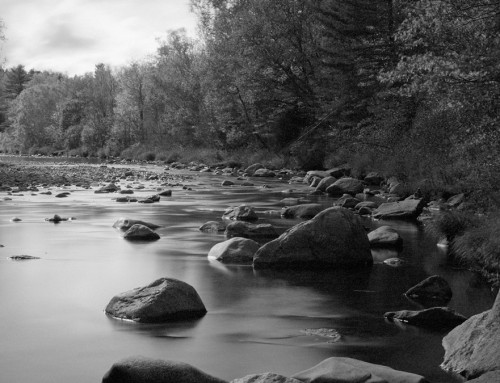Removing distracting color fringes from images is easy to do in Exposure. You can remove them automatically, or make adjustments by hand to eliminate them with greater accuracy. Watch this video for a quick lesson.
Photo: Randy Kepple
Transcript
Color fringes are easy to remove. The controls at the top of the Defringe panel set the color fringe attributes, the color swatches on the bottom half of the panel define the fringe colors.
Color fringes usually appear along edges in photos with lots of contrast. If the fringes appear close to the edges and corners of the photo, but not much at all in the center, they are likely caused by chromatic aberration. Learn more about removing them in our Correcting Chromatic Aberration and Color Fringing video.
When you don’t specify defringe colors, fringes of any color are removed. This works great most of the time. Specifying colors will reduce the likelihood of unwanted artifacts, like darkening or desaturating effects happening along sharp edges. Toggle the defringe panel on and off to visualize its effect on the photo.
Select each of the fringe colors to remove. Once selected, the hue and hue range can be adjusted to precisely match the color fringes in the photo.
Precise color fringes
To specify a fringe color to remove, select Add a custom color… at the bottom of the panel. Select the unwanted color in the preview with the eyedropper tool.
To add more color samples with the eyedropper, hold the Shift key. Exposure calculates the average hue from the selected points. When the color is defined, adjust the range slider to set the selected hue values around that color.
Custom fringe colors can be saved as Hue presets and used again in the future. Save a Hue preset by selecting the plus button under the Menu icon. Remove saved fringe colors from the menu by right-clicking and selecting Remove.












